Although Andre Agassi established himself as the original king of Miami, Novak Djokovic took over the throne after his retirement and could surpass the American’s achievements at this event.
Both men share the tournament record for most titles won (6), but Djokovic accomplished the feat in fewer attempts (11 vs. 17) and holds a better win-loss record (44-7, 86% vs. 61-13, 82%). The Serbian has reached the final in seven of his 12 appearances in Miami.
From his maiden ATP Masters 1000 triumph as a 19-year-old to his record-tying triumph in 2016, ATPTour.com takes a look back at each of the World No. 1’s six title runs in Miami.
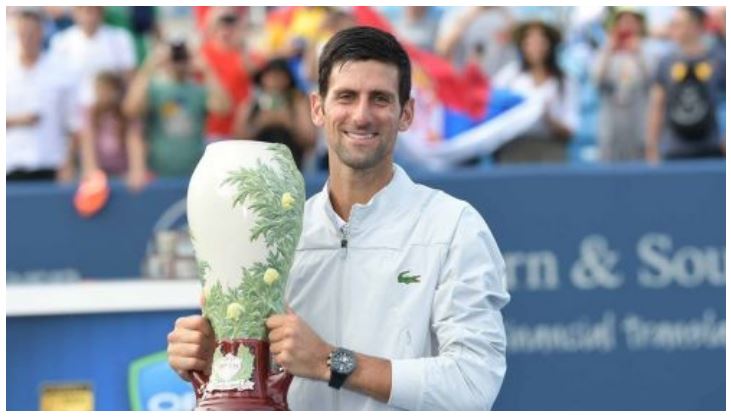
2007: Djokovic’s Arrival
Djokovic came to Miami with four ATP Tour titles to his name and his first Masters 1000 final just days earlier, having lost to Rafael Nadal in the BNP Paribas Open final. Buoyed by his Indian Wells breakthrough, he powered through Miami in what remains one of his dominant runs.
The 19-year-old Serbian lost an average of five games per match to reach the final, gaining revenge against Nadal in the quarter-finals and dropping just a single game against Andy Murray in their semi-final clash. Djokovic ended the inspired run of Guillermo Canas in the championship, sweeping past the Argentine qualifier 6-3, 6-2, 6-4 for the biggest title of his career.
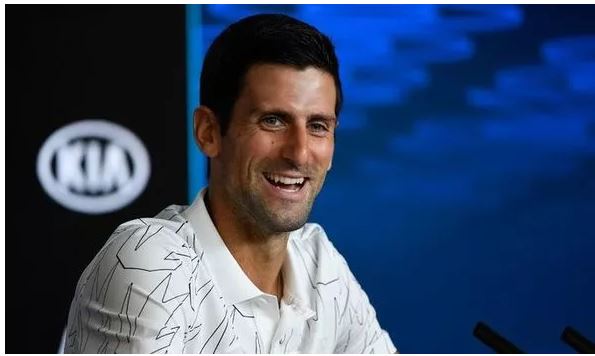
2011: The Sunshine Double
At the start of 2011, it was unclear who would be able to stop Djokovic. He opened the year on an 18-0 run after titles at the Australian Open, Dubai and Indian Wells.
Four years after his last title in Florida, Djokovic delivered an equally dominant run to his second Miami final. The second seed dropped a combined 18 games in his first five matches to set up a championship clash with Nadal, whom he had defeated two weeks earlier in the Indian Wells final.
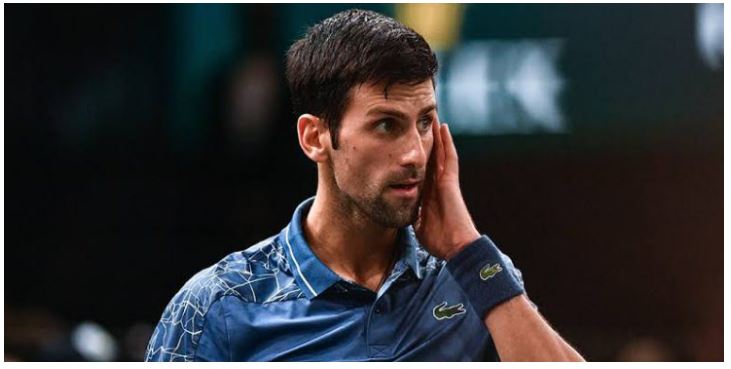
After two sets in which Djokovic and Nadal shifted between peak form and patches of errors, both men showcased their best tennis in a gripping final set. Djokovic belted a forehand into the corner to prevail 4-6, 6-3, 7-6(2) after three hours and 21 minutes of punishing tennis.
Djokovic’s triumph marked the first ‘Sunshine Double’ of his career. He picked up his seventh Masters 1000 crown and brought his 2011 record to 24-0, marking the best start to a season since Ivan Lendl began with 25 consecutive victories in 1986.
2012: Murray Revenge
Djokovic continued to cement his status as the man to beat on hard courts, opening the year with his third Australian Open title. With center court in Miami proving to feel like home for him, the World No. 1 raced through the top half of the draw without dropping a set and earned the right to face Andy Murray in the final.

The Serbian was eager for payback after dropping the 2009 Miami final to Murray. The Brit only completed three matches during the 2012 tournament after receiving walkovers in his third round and semi-final, but the lack of match play left him undercooked and Djokovic pounced on his slow start.
Although Murray worked his way into the match, he was unable to make a dent in Djokovic’s service games. The top seed didn’t face a break point en route to a convincing 6-1, 7-6(4) win, marking his first three-peat at a Masters 1000 event.
2014: Hard-Court Dominance
After defeating Roger Federer in a third-set tie-break to take the title in Indian Wells, Djokovic looked to score his second Sunshine Double and secure his fourth Miami crown.
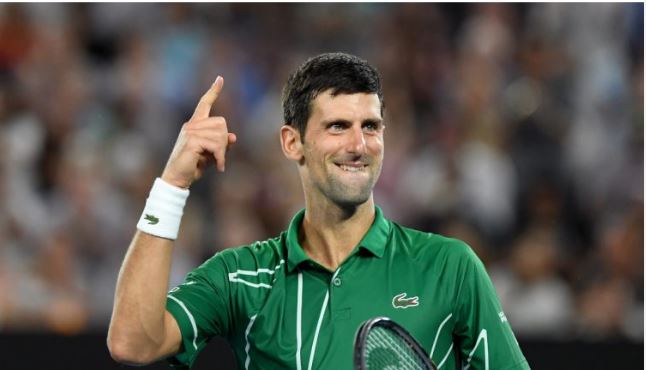
The second seed had an unconventional path to the final that included walkovers in the third round against Florian Mayer and semi-finals against Kei Nishikori. But Djokovic’s straight-sets win over Murray in the quarter-finals confirmed that he was still in top form when he took the court.
Nadal once against stood across the net in the final, but the Serbian had a clear mental advantage. Djokovic owned a flawless 3-0 record in Miami finals, while Nadal was winless (0-3) at the same juncture.
Djokovic’s superior serve saw him take 83 per cent of points when he got his first serve in play and his penetrating groundstrokes pinned Nadal well behind the baseline. The World No. 2 coasted to a 6-3, 6-3 win and further proved his hard-court dominance over the Spaniard. Although Nadal led their ATP Head2Head rivalry 22-18, Djokovic held a 14-7 edge in their hard-court series.
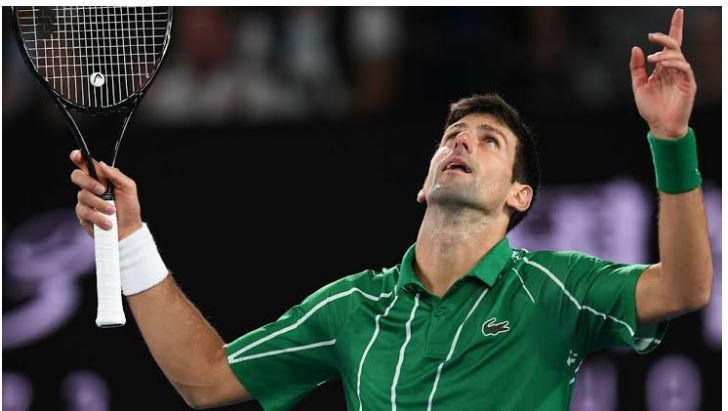
2015: Repeat Business
For the third time in his career, Djokovic arrived in Miami on the back of victories in Melbourne and Indian Wells. Unlike some of his other dominant runs in Miami, the defending champion was pushed from the first ball this time. He went to a deciding set in his opening round against Martin Klizan and a fourth-round clash with Alexandr Dolgopolov, but ultimately advanced to a sixth final in Florida.
Waiting for Djokovic in the final was another showdown with Murray. Djokovic had won their past nine hard-court meetings and even when Murray appeared to have an edge in the hard-hitting rallies, the Serbian looked confident in being able to wear his opponent down.
After delivering his best tennis for two sets, Murray was unable to keep up with the physical demands required to beat Djokovic. The top seed sprinted through the final set for a 7-6, 4-6, 6-0 victory and became the first man in the Open Era to complete the grueling Sunshine Double three times.

2016: Making History
A now-familiar pattern for Djokovic saw him once again enter the second Masters 1000 event of the year with titles in Melbourne and Indian Wells. His confidence only grew at his most successful Masters 1000 event and the top seed once again powered through the draw, outlasting David Goffin in an entertaining semi-final to face Nishikori.
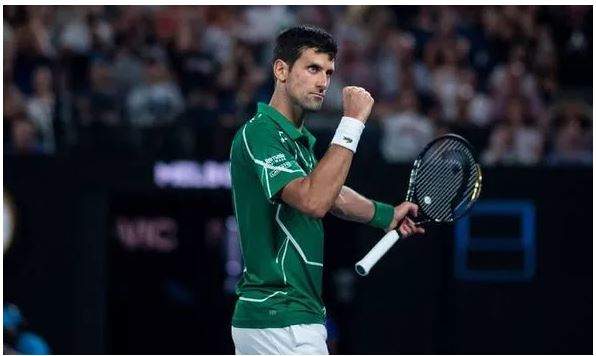
The Japanese, competing in one of the biggest hard-court finals of his career, broke Djokovic in the third game of the match. It would be the only momentum he held that afternoon as the Serbian claimed his sixth straight win over Nishikori with a 6-3, 6-3 triumph. Djokovic lifted a then-record 28th Masters 1000 title and matched Agassi’s tournament record with his sixth crown.